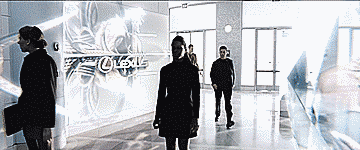
If SnapChat’s new Facial Filters are any indication, facial recognition technology is looking to make a big impact on how consumers view and create content, because lets face It (see what I did there?) who doesn’t want to be able to barf rainbows or face swap with their significant other?
While the Facial Filter feature on “the Snap” is the latest iteration of mainstream facial recognition technology, it could also be looked at as a precursor to how marketers can use the technology to better connect with consumers.
Below are a few examples of how brands have recently used facial recognition technology for their own brand campaigns:
While these campaigns were innovative and effective, they focused more on the side of experiential marketing and seemed to be borderline gimmicky, “one and done” type tactics. What marketers need to begin to look at is how to incorporate this technology into their long-term approach when connecting to the consumer.
Think about it. Every modern computer or smartphone has a built in camera that looks right at you. Combine that with the amount of consumer data collected through third party services and you could create an environment where every digital ad is tailored to an individual consumer based on the unique features of your face, no matter what device you’re using. Cookies and IP addresses would no longer be the sole way to identify a consumer.
If this sounds a bit like that scene in Minority Report, then you’re on the right track.
While facial recognition technology is available for brands looking for a competitive edge, consumer privacy issues have stagnated the growth among mainstream marketing strategies. A First Insight survey found that 75% of consumers would not shop at a store using face recognition technology for marketing purposes. However, that same report found that more than half of consumers would be open to the use of the technology if incentivized properly, such as given a discount or other promotion.
How do you feel about the rise of facial recognition in advertising? Does it feel too “Big Brother” like? Or would you welcome more relevant advertising?
Leave a comment below!